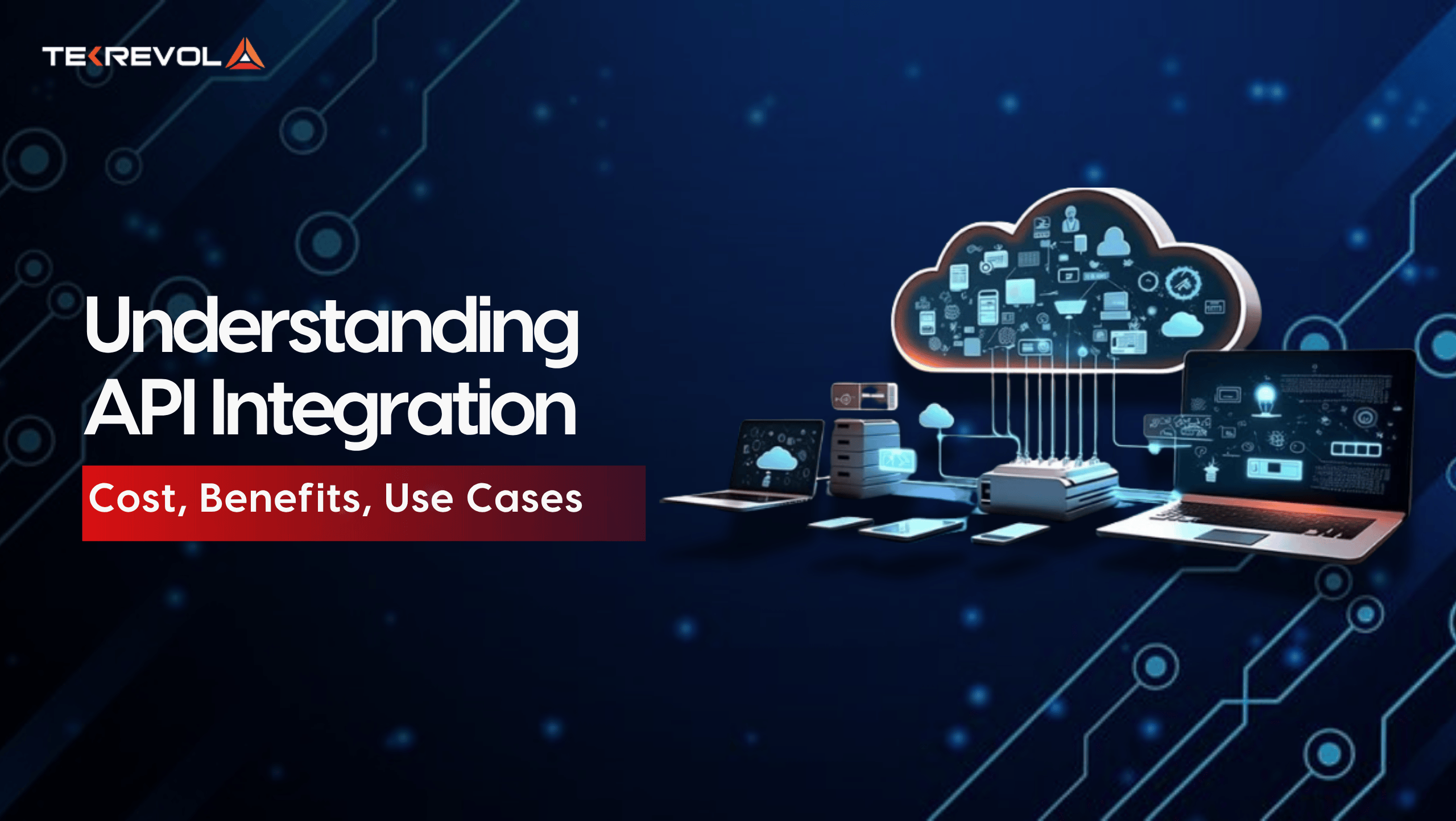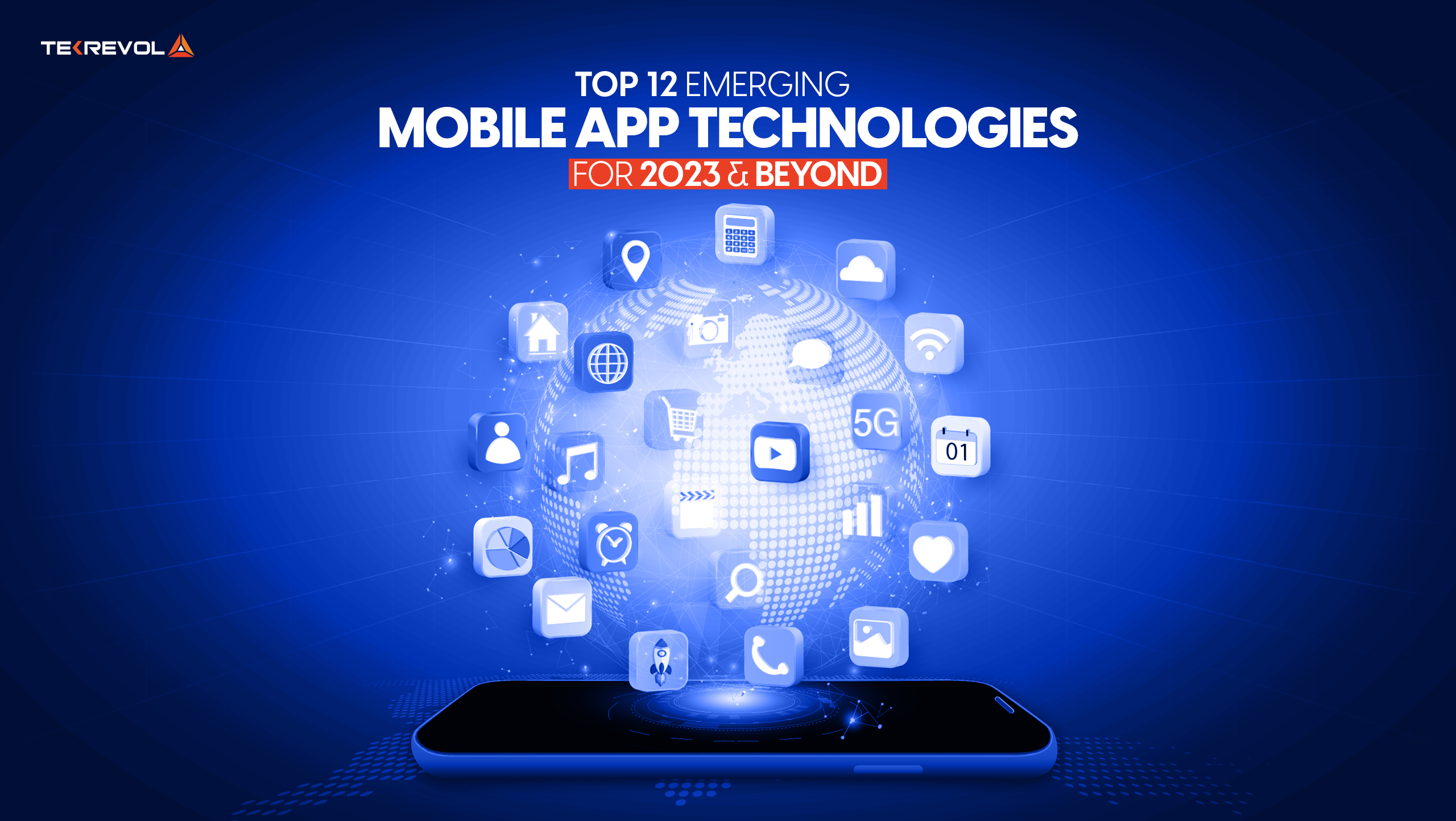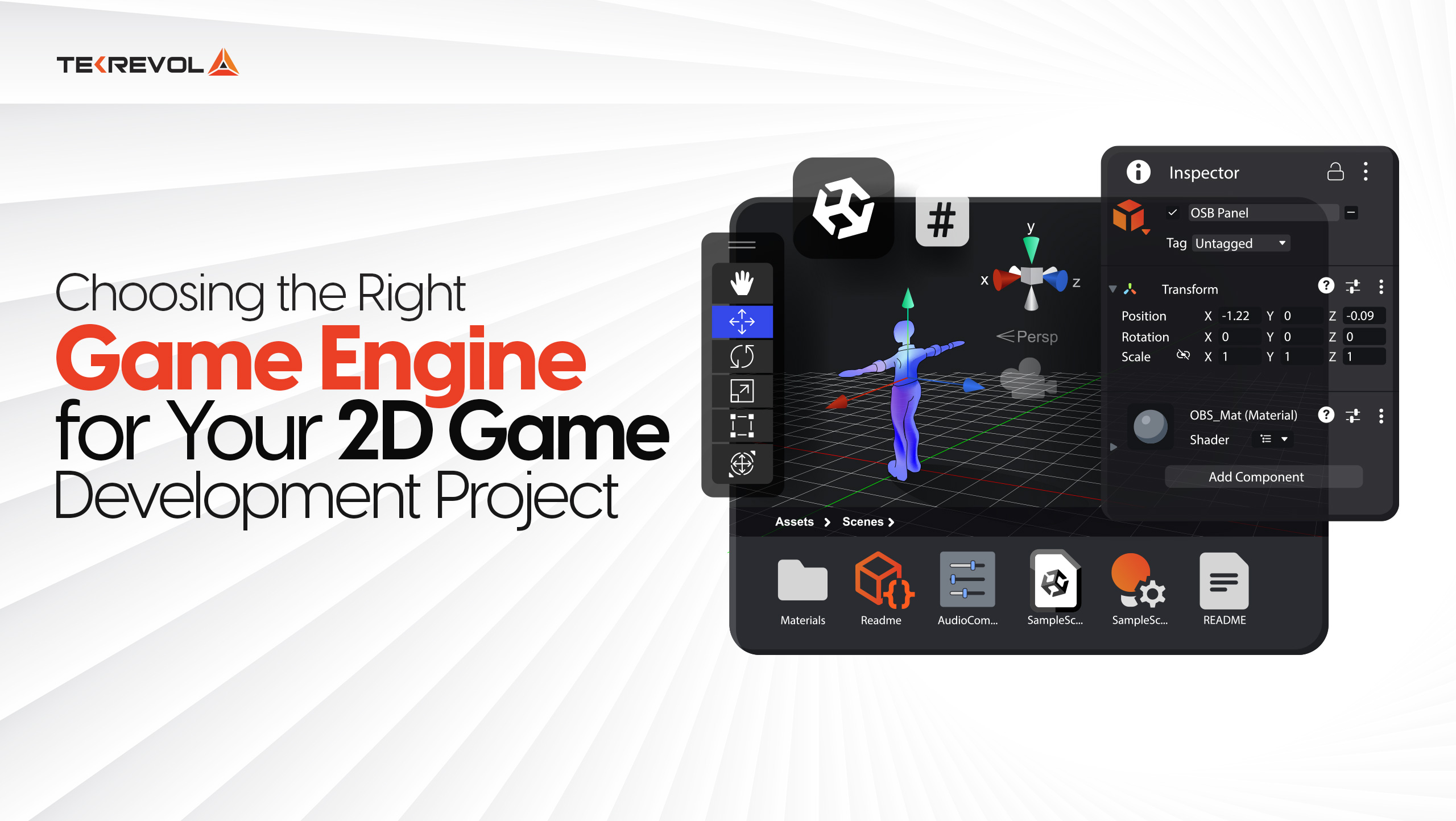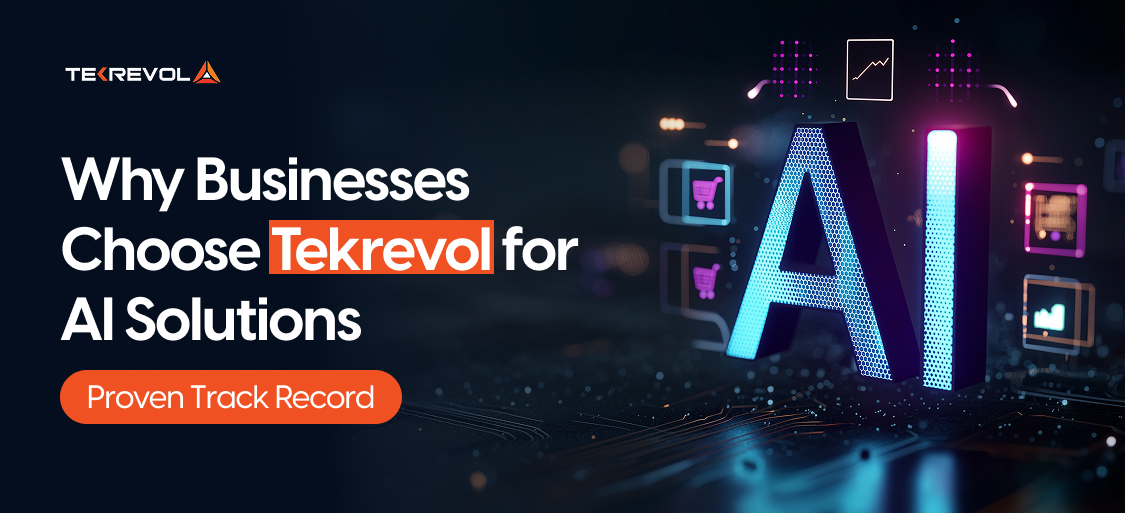API integration is like the WiFi signal of the tech world – surely, you don’t see it, but you panic when it’s not working. Imagine that you order a pizza, track your driver, and share the whole experience on Twitter quicker than your cheese melts. Magic? Nope, it’s APIs working tirelessly behind the scenes.
API integration acts as the glue binding your favorite apps and platforms, ensuring they talk to each other and get things done without breaking a sweat.
But why should you care? Well, understanding API integration is like unlocking the secret sauce behind a super-efficient digital experience. Want seamless workflows, lower costs, and apps that keep up with your scaling business? APIs are your new best friend.
From slashing human error to powering everything from payments to package tracking, APIs make the digital world tick.
Curious about how it all works, what it costs, and where it shines? Keep reading, we’re about to demystify the tech you’ve been using all along without realizing it.
What is API Integration?
API integration is like having a translator for your software systems. It allows different applications, which “speak” different programming languages, to talk, share data, and perform tasks together.
For example, your favorite food delivery app sends your order details to the restaurant and driver, confirming your payment along the way. That, my friend, is API integration in action—it ensures everyone (and every app) is on the same page.
At its heart, API integration involves three main components:
- Endpoints (addresses where two apps communicate),
- Requests (data sent, like “Hi, I need this info!”), and
- Responses (data received, like “Here’s that info you wanted!”).
Think of it like sending a text message that the other person instantly translates and replies to. But here’s the kicker—not only do APIs handle many conversations simultaneously, but they do so without accidentally ordering 400 pizzas (we hope).
Types of API Integration

The global open API market was worth $2.39 billion in 2021 and is projected to reach $13.21 billion by 2030. So now that you now how important APIs are, it’s equally vital for you to get to know the different types of APIs that are currently running in the market.
-
Public APIs
These rockstars are open to everyone. Developers worldwide can use them to supercharge their apps. Think of Google Maps, Spotify, or Slack integrations. Need directions? A public API’s got your back.
-
Partner APIs
These are like exclusive parties where only authorized users (usually businesses) are invited to join the fun. For example, a travel booking site uses airline partner APIs to fetch ticket availability.
-
Internal APIs
Think of these as office memos that keep internal systems running smoothly. They’re created just for use within a company and help streamline things like employee data transfers between HR and payroll systems.
-
Composite APIs
These are multitaskers. They bundle requests, fetch data from several systems, and deliver one tidy response. It’s like ordering a combo meal instead of single items. Efficient, right?
Why API Integration is Critical?
APIs are the unsung heroes behind nearly every app and service today. The transition to an API-first approach means businesses now design their systems around APIs from day one. This makes apps flexible, scalable, and downright easier to manage.
Imagine how clunky everything would be if you had to manually sync data between your CRM software and your email tool. APIs eliminate those headaches faster than strong coffee banishes Monday blues.
Pain Points Addressed by API Integration
API integration is like a Swiss Army knife, solving all kinds of problems:
- Data Silos? Gone. APIs allow information to flow freely between software, removing those barriers that leave departments working with outdated data.
- Automating Mundane Tasks. Why copy-paste data when APIs can do it for you in seconds? Less busywork, more time for real strategy.
- Complex System Connections Made Easy. Tying it all together isn’t just for techies anymore, thanks to user-friendly API platforms.
- Still syncing data manually? That’s so 2005!
- Let APIs do the heavy lifting while you sip your coffee. Start automating today!
Benefits of API Integration
Now that you know what API integration does, here’s why it’ll make your life easier (and more productive).
-
Improved Efficiency and Automation
APIs make your systems work together like a well-rehearsed orchestra. For instance, integrating your task manager with Slack means you’ll get pinged every time something new pops up.
No more “Oops, I didn’t see that email” moments! It isn’t just about speed but about enabling your workforce to focus on bigger fish instead of wading through tedious manual tasks.
-
Cost Savings and Error Reduction
A solid API integration strategy nixes costly human errors. For example, API automation ensures invoices don’t go to the wrong client. Such blunders not only embarrass your team but also hurt your wallet.
Automated systems consistently deliver the right output while streamlining processes. Increased efficiency and fewer mistakes mean lower operating costs and higher profits. Win-win!
-
Enhanced User Experiences
Imagine logging into an app without filling out dozens of fields because you’ve authenticated via Google. That’s the power of APIs enhancing user experiences. Whether it’s smoother payment processes, real-time updates, or easy cross-platform sharing, APIs turn functional apps into unforgettable ones.
-
Scalability and Flexibility
Whether you’re a startup or an enterprise, there’s nothing worse than outgrowing your tools. API integration ensures your systems scale effortlessly as your business grows. For instance, businesses leveraging scalable cloud APIs like AWS or Azure can handle soaring user loads without breaking a sweat.
The Cost of API Integration
The API integration cost depends on your project’s complexity and scale. Are you integrating a simple payment gateway or building a Frankenstein monster where 50 systems must sync? Expect costs to vary by these factors:
- Level of customization (pre-built templates vs. designing from scratch).
- Resource demand (time and expertise) for development.
- Infrastructure requirements.
Even maintenance sneaks a big chunk of your budget if overlooked.
Approaches to API Integration and Their Costs
-
Custom Development
If you need something highly specific, go custom. But fair warning, this approach takes time and money. Expect to pay anywhere from $50,000 to $150,000 annually, factoring in development plus maintenance expenses.
-
Integration Platforms (iPaaS)
For something quicker and easier to deploy, platforms like Workato or Zapier are lifesavers. Plus, some cost as little as $500 per month. iPaaS solutions offer pre-built connectors for many common tasks and are perfect for small-to-mid-sized operations.
Real-World Examples of API Integration Costs
- Ecommerce Site: Integrating logistics and payment gateways costs $10,000 to $30,000 initially, with a similar annual spend on maintenance.
- CRM and ERP System Integration: Costs start at $20,000 but quickly escalate if you’re using legacy software.
Bottom line? Define your needs early to avoid “surprise” charges!
Use Cases for API Integration

Let’s have a look at the real-time use cases of the API Integration, and how its actively contributing in the world.
-
Retail
Picture a customer checking a product online, purchasing it, and receiving it at their doorstep. APIs connect inventory systems, websites, and delivery services to make it seamless.
-
Healthcare
Doctors accessing your telehealth records, pharmacies syncing prescription info, or hospitals managing IoT-enabled devices? All thanks to API integration making healthcare smarter and more efficient.
-
Finance
Whether processing credit card payments or tracking stock market trends in real time, APIs are vital for streamlining finance-related tasks.
-
Travel and Hospitality
From a cozy B&B to international airlines, API use cases abound. Ever used an app for flight bookings, car rentals, or hotel stays? That was APIs weaving their magic.
-
Education
Universities use APIs to connect learning management platforms with records systems, delivering seamless course sharing and progress tracking.
-
Manufacturing
APIs automate updates between warehouse software, supply chains, and ERP systems. When inventory drops, vendors get automatic supply requests, ensuring you never run out.
Popular API Integration Examples
- Geolocation APIs: Powering food delivery apps or ride-sharing services.
- Social Media APIs: Helping apps display Facebook feeds or enabling instant Twitter posts.
- Messaging APIs: Slack bots remind you about deadlines or meetings.
- Want fewer headaches and more high-fives at work?
- Discover how API integration can save time, cut costs, and make you the office hero.
API Integration Best Practices
API integration sounds like a dream come true, right? But before you jump in, you’ve got to do it the right way. Think of it like assembling IKEA furniture; without following best practices (and the manual), you’ll end up with something that doesn’t resemble what you imagined at all.
So, here’s the guide to mastering API integration without losing your mind or your coffee budget.
1. Review Documentation
Documentation is the holy grail of API integration. Think of it as the instruction manual in a world where guessing isn’t a good option. Thoroughly reviewing the documentation for an API gives you insights into how it works, what’s supported, and, most importantly, any limitations.
For example, imagine integrating a payment API like Stripe only to realize later that it doesn’t process certain currencies. Oops. If you had read the documentation, you’d have spotted that tiny detail that could save you a lot of time (and potential client complaints).
Pro tip? Test, test, and test some more. Whether it’s through sandboxes or test calls, confirm you understand how the API responds. This will help prevent the dreaded “wait, why isn’t this working?” moment.
2. Ensure Security
APIs may look friendly on the surface, but underneath, they can be the doorways that hackers love. Security should be a priority, not an afterthought. When you’re integrating APIs, think encryption, authentication, and clear access controls.
Here’s why this matters. Say, for example, you’re integrating an HR system’s API with a payroll app. Without proper authentication and data encryption, you’re practically begging for a nightmare scenario where someone “accidentally” gains access to all your employees’ social media. Not ideal.
Key things to do:
- Use encryption protocols like HTTPS to ensure data is safe during transfer.
- Implement authentication methods such as OAuth 2.0. Who gets access to what? Define it early.
- Regularly monitor API logs for any suspicious activity. Think of it as home security cameras but for your digital systems.
3. Choose Reliable APIs
Not all APIs are created equal. Some are rock-solid with a 99.99% uptime guarantee, others might have a spotty track record, and downtime can ruin your hard work. Choosing a reliable API provider is like picking a roommate. You want someone dependable and mature, not someone constantly “crashing.”
How do you spot a reliable API? Look for:
- Reputability: Established providers like Google, Salesforce, and Slack have track records worth trusting.
- Detailed documentation and support: If their docs are shady or their support team is MIA, that’s a red flag.
- Uptime and performance metrics: Many providers display performance stats. If not? Just back away.
For instance, integrating your e-commerce site with PayPal’s payment processing API is great, but only if you can rely on their service during those high-stress Black Friday sales.
4. Plan for Scalability
Imagine this: You launch a simple API integration for customer feedback, and it works fine for your 500 customers. But suddenly, your user base grows to 50,000, and the system crumbles under the added load. Don’t be that person who ends up Googling “how to scale my API integration” at midnight.
Scalability ensures your system keeps up as your business grows. How do you plan for it?
- Estimate future loads: Think like a fortune teller. If your 50-app users could grow to 500, would your systems cope?
- Leverage cloud infrastructure: Popular solutions like AWS and Azure offer scalable environments to help you handle larger loads without sweating bullets.
- Test under stress: Run load tests to see how systems respond when things get busy.
Trust us, you’ll sleep better knowing your APIs are ready for whatever’s thrown at them.
5. Tools and Platforms for API Integration
If coding every integration line by line makes you groan, don’t worry. Tools like Workato, Postman, and Zapier are here to save the day. Each has its specialty:
- Workato: Think of this as the Swiss Army knife for cross-functional workflows. Need your CRM, email service, and reporting tool to work together? Workato’s connectors make it happen seamlessly.
- Postman: Developers love Postman. It’s the go-to tool for testing APIs, managing requests, and ensuring things work smoothly before production. It’s your API playground.
- Zapier: Small business owners, listen up! Zapier is fantastic for automating simple workflows like adding new leads to your spreadsheet or syncing Instagram posts with your content planner. It’s affordable, easy to use, and surprisingly versatile.
Using these platforms cuts development time significantly and reduces the risk of errors. Plus, they make you look clever during team meetings, so that’s always a bonus.
6. Using SDKs and Pre-Built Templates
Imagine you’re building an API integration from scratch; it’s like starting a novel with a blank page. Daunting, right? Enter SDKs and pre-built templates, your ultimate shortcuts.
SDKs (Software Development Kits) are essential for developers working with popular platforms. They include ready-to-use code, which cuts time and effort dramatically. For example, if you’re integrating Salesforce, their SDK provides pre-written bits of code that make calling their APIs much easier.
Pre-built templates, on the other hand, are perfect for those who don’t want to touch code at all! Platforms like Zapier offer templates for common integrations like syncing emails to Google Sheets or connecting Slack notifications to your task manager.
Why reinvent the wheel when you can use a kit or template to get rolling?
Tools and Platforms for API Integration
Here’s the thing about API integration—not all heroes wear capes. Some come in the form of tools and platforms designed to save you time, effort, and a potential mental breakdown when dealing with complex integrations.
If the idea of crafting custom code from scratch has you sweating, these platforms will feel like a lifeline. Each has its own strengths, so it’s all about choosing the one that matches your business’s unique needs.
-
Workato
When you think about Workato, imagine a jack-of-all-trades but actually good at everything. Workato is a leading integration platform designed for more complex, cross-departmental workflows. It’s not just about connecting two apps; it’s about making them work smarter together.
Key Features
- Pre-built Connectors: Workato provides thousands of pre-built connectors to integrate your CRM, ERP, marketing tools, and more.
- AI-Powered Automation: With Workato’s intelligent algorithms, you can automate workflows across departments—for instance, syncing Salesforce leads directly to Marketo campaigns.
- Low-Code/No-Code Interface: Don’t know Python from Pascal? No problem. Workato’s user-friendly, drag-and-drop functionality takes the heavy lifting out of the equation.
- Security Built-In: Enterprise-grade security measures make it ideal for companies handling sensitive data.
-
Postman
This one’s for the developers. Postman is the Swiss Army knife for API testing, pre-integration management, and debugging. If you’re serious about API work, Postman will find its way into your toolkit faster than you can say “GET request.”
Key Features
- API Testing: Whether you’re checking endpoints, debugging API calls, or validating output, Postman makes it seamless.
- Collaboration Workspace: Teams can collaborate on the same API projects. Postman centralizes everything, so the left hand always knows what the right hand is doing.
- Automation Insights: Save workflows, automate repeatable tasks, and focus on building rather than firefighting.
- API Documentation: Postman auto-generates documentation from your API calls, making maintenance and sharing a breeze.
-
Zapier
Zapier is the everyman’s hero. If Workato is the super sophisticated knight in shining armor and Postman the trusty lab assistant, Zapier is your friendly neighbor who’s always happy to help with small but meaningful tasks.
Key Features
- User-Friendly Automation: Zapier allows anyone to set up workflows—called “Zaps”—within minutes without touching any code.
- App Integrations Galore: With over 5,000 app integrations (think Gmail, Slack, QuickBooks, you name it), Zapier ensures nothing is left behind.
- Conditional Logic: Even non-technical users can add basic logic like “If X happens, do Y.”
- Affordable Pricing: Zapier offers plans that work for everyone, from solopreneurs to mid-sized companies.
How TekRevol Can Help?
TekRevol specializes in making API integration simple, efficient, and customized to fit your business needs. Whether you’re looking to connect existing tools, build scalable systems, or streamline operations, our experts craft tailored solutions to ensure seamless digital transformation.
We prioritize security, scalability, and efficiency while leveraging best-in-class platforms and tools to deliver results that align with your goals.
By partnering with TekRevol, you gain a team committed to reducing costs, improving workflows, and building a stronger, future-ready infrastructure. If you’re ready to break down data silos and unlock the full potential of your digital ecosystem, we’re here to guide you every step of the way. Let’s transform your vision into reality.
- Ready To Streamline The Communication Between Your Solutions
- From Workato to Zapier, we’ve got the tools to make your systems play nice together.











